For this month’s MMF, I wanted to review something a little different—two new artbooks by Yumi Tamura. While they’re not available in English, they are fairly easy to find, and Tamura’s beautiful art doesn’t need to be read to be enjoyed.
Natsu, a high school girl who is so shy that her only friend is her cat, sits down to a meal with her family and, oddly enough, it’s every one of her favorite foods. When she wakes up, she’s on a small boat, in the middle of the sea with six other teenagers and an adult. The adult later reveals to the group that they weren’t kidnapped or the victims of some accident—they are some of the few survivors from a catastrophe that has devastated the world and Japan. The leaders of Japan, knowing this was coming, devised a project where five groups of specially chosen young people would be cryogenically frozen, only to awake when the world was stable enough again for human life. 7SEEDS is the story of Natsu and Team Summer B, but also the others that have awoken in a terrible world. There are also glimpses of humanity’s last days in a survival shelter, and the brutal, stark story of how Team Summer A came to be. While there’s only a handful of people left, the story still has an epic scope as they try to build their lives among the ruins.7SEEDS is one of the best series being published in Japan right now, running in Shogakukan’s FLOWERS magazine, which runs other older-skewing shojo series like Kaze Hikaru. While it would fit in with current trends in YA publishing (dystopias ahoy!), the fact that it is currently in volume 24 goes against the current realities of the manga market.
This is a problem for the manga reader who doesn’t read Japanese. 7SEEDS had ten volumes published in France, which is somewhat readable if you still have a decent memory of high school French. Sadly, though, for unknown reasons the publisher no longer has the license (cancellations are rare in the French market) and the volumes are out of print, which makes them difficult and expensive to import.
One way to enjoy titles that you can’t read is to enjoy the art. Artbooks have long been available in the US market through various importers, and the books for the bigger titles can be had (for an inflated price, of course) at your favorite local anime convention. So, having a bit of an artbook addiction, when I saw two new releases from Yumi Tamura, one for 7SEEDS and the other focusing on her whole body of work, I had to have them!
7SEEDS: Edge of Emotions was released in 2012 and is more of a guide/character book than a straight-up artbook, so there is a significant amount of text. However, this is a very attractive presentation—the back of the dustjacket is a poster with many of the main characters, and the book opens with a poster in the front—one side is Natsu, the other side is a rundown of all of the “seeds” and their adult guides, included the deceased ones. Then there’s multiple pages of beautiful color artwork from the series—mostly from cover/splash pages—and also from furoku items. The paper is good quality but not glossy, like you’d see in regular artbooks.
Being a character guide, the focus is on providing profiles of the 35 “seeds” and the guides, along with the handful of other pre-disaster characters. For a handful of characters who didn’t make it long, there’s more about them here than was ever in the series itself. There is also an extensive interview with Tamura-sensei at the end. One of the most interesting parts is an extra manga at the end, which is a short story of how many of the characters’ paths were crossing before the disaster, but they didn’t even know it.
The other book is one of a series of special releases for Shogakukan’s 90th anniversary, titled Flowers Comics Masterpieces, featuring “five comics legends”: Taeko Watanabe (Kaze Hikaru), Chie Shinoara (Red River), Moto Hagio (Heart of Thomas, They Were 11), Akimi Yoshida (Banana Fish) and Yumi Tamura.
生命の熱量 , or roughly, Heat of Life, is firstly a beautiful presentation. The hardcover and bonus book (more on that later!) are in a very nice, heavy-duty carboard slipcase. The slipcase is embossed with gold foil and it’s really well made. The hardcover book runs over 400 pages, consisting primarily of one-shots. Perhaps some of these are the titles she kept mentioning in her Basara notes! Most stories open with a color page as well. There’s also a selection of colored work from titles that -aren’t- 7SEEDS or Basara—but there is stuff that a Western fan would recognize, like Chicago. It’s all on high-quality paper so the illustrations are reproduced beautifully.
What will be of most interest to fans would be the second book—a smaller, thin paperback. It has the same nice paper, and the dustjacket reverses and folds out into a Basara poster. Not having those artbooks I can’t immediately tell if it is new art or not. Half of the book is about Basara, and it’s basically an illustrated summary of the story. The second half is for 7SEEDS, and provides some information on post-disaster Japan, since a lot of the character information was already covered in Edge of Emotion. Both halves have fantastic artwork, and there is some overlap on the 7SEEDS artwork.
If you have to get just one, Heat of Life is a much more comprehensive take on Tamura’s 30-year career, but it is a special edition, and priced like one. Edge of Emotions is a third of the price but entirely focused on 7SEEDS. Although, if you want to know more about it while you pen letters/prepare bribes for the folks at VIZ, it’s a great resource. Either way, you’re supporting Yumi Tamura!
So now that I have you wanting these, yes? 🙂 Here are my sources:
-Kinokuniya online, or, if you’re lucky and live near one, at one of their stores. To order online, it’s best to use ISBNs unless you can input Japanese text. Reasonable shipping costs.
-YesAsia online – again, having the ISBNs is a plus. They convert the titles into English text but the romanization leaves a lot to be desired. On YesAsia, also always be careful that you’re buying the Japanese editions—they also sell Chinese-language editions as well. They offer free shipping if you order over a certain amount but it’s rather slow.
-Amazon Japan – the biggest and best source, but you’ll be paying for overseas shipping. Still, investigate and compare—YesAsia and Kinokuniya’s pricing may still reflect when the dollar was stronger against the yen, so even with shipping it may not be a terrible deal since through Amazon you will get current rates. Amazon will also convert your payment themselves, so you don’t get hit with a foreign currency charge if you pay by credit card.
-eBay – There’s usually a significant markup by the majority of the “anime” sellers, so I prefer to use eBay for out-of-print titles that I can’t find elsewhere; Amazon Japan does have a marketplace comparable to the US site but few if any sellers will ship internationally. You can get lucky, sometimes, when someone is downsizing a collection and find a fair deal.
7SEEDS: Edge of Emotions (7SEEDS 公式ファンブック) ISBN 978-4091342577, 980 JPY
Yumi Tamura: Heat of Life (田村由美-生命の熱量) ISBN 978-4091791436 2,730 JPY

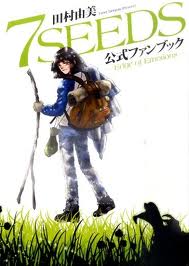
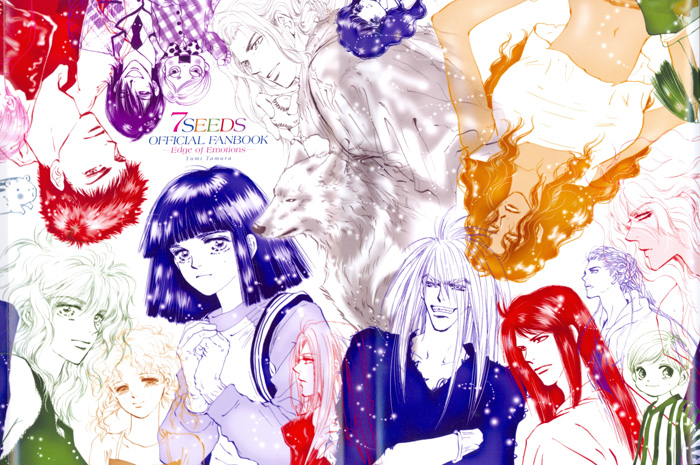
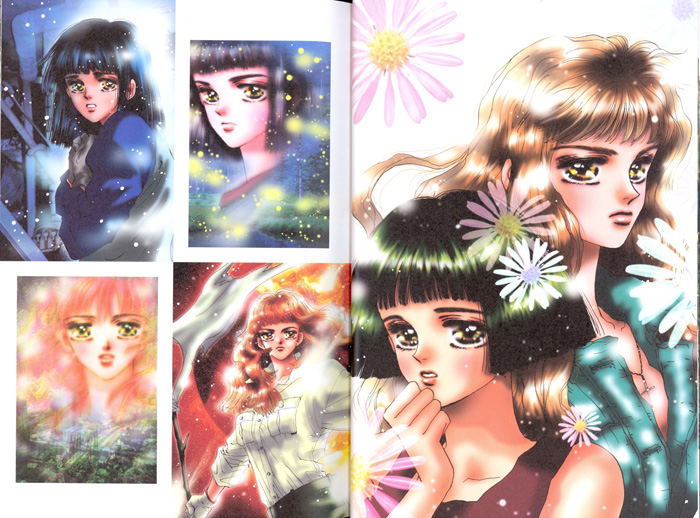
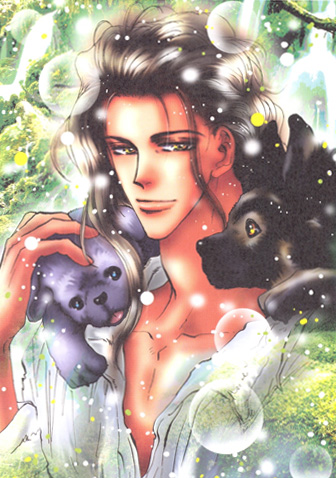
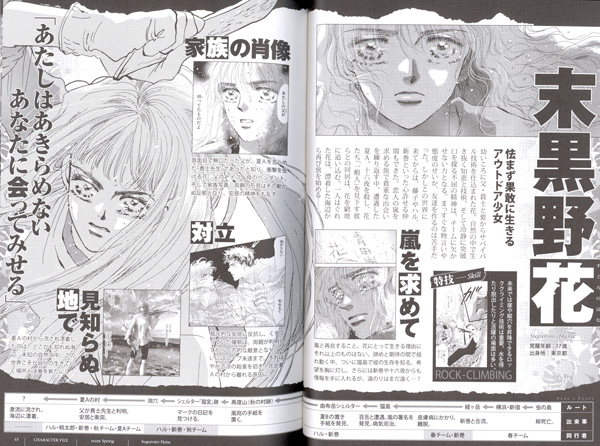
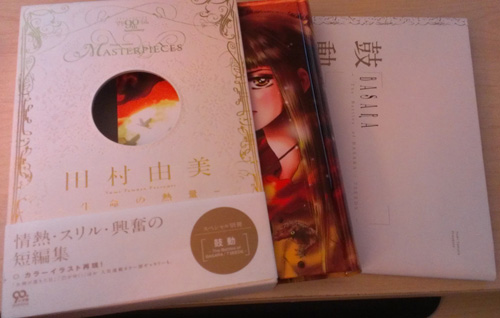

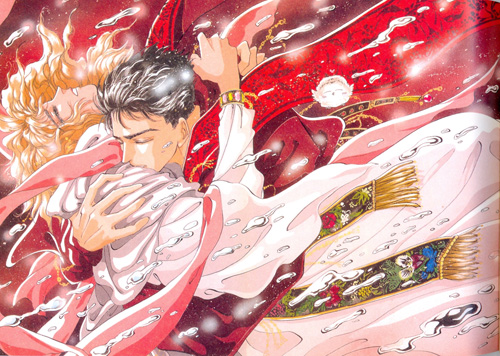
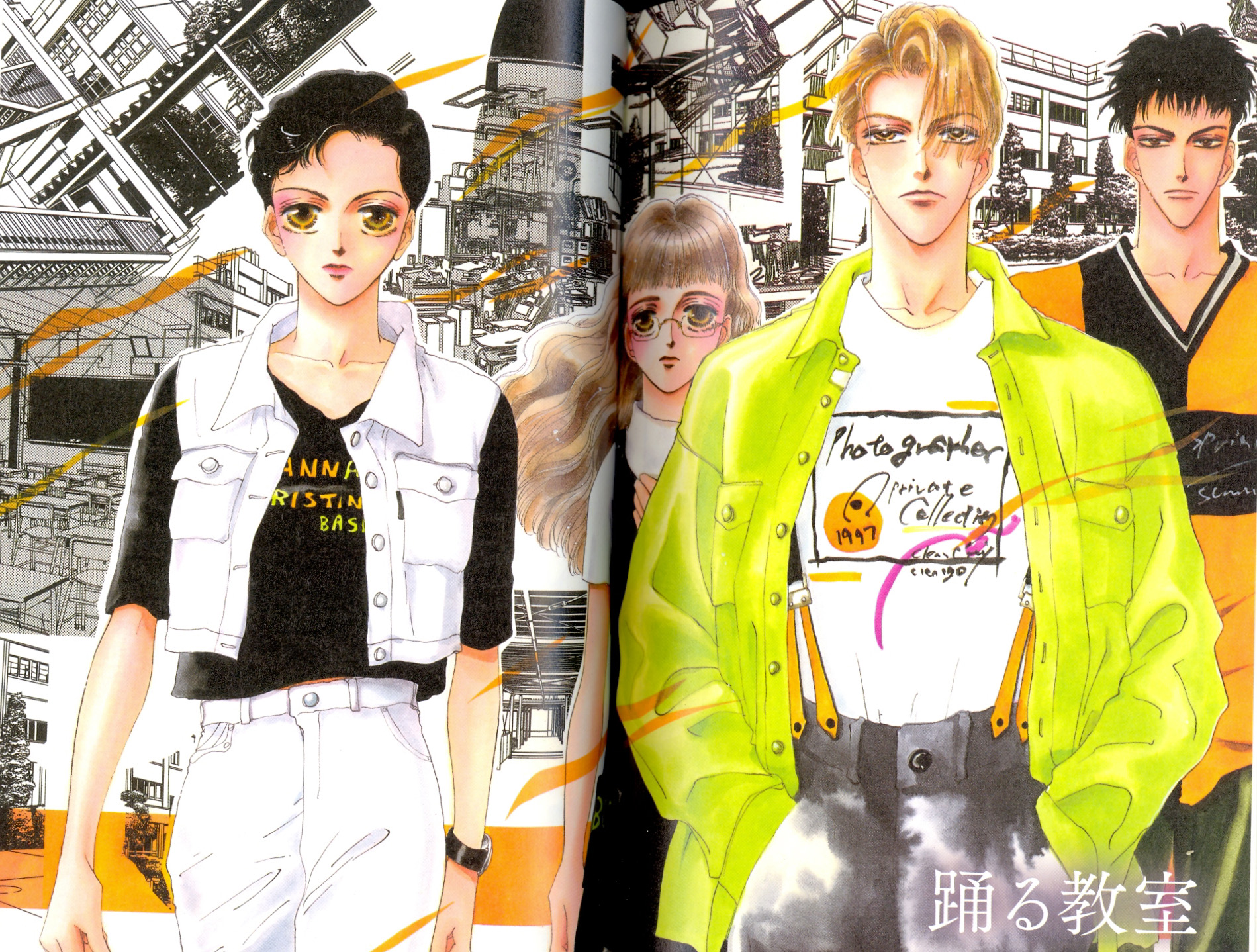
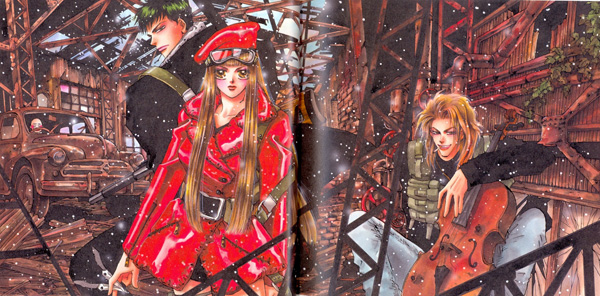
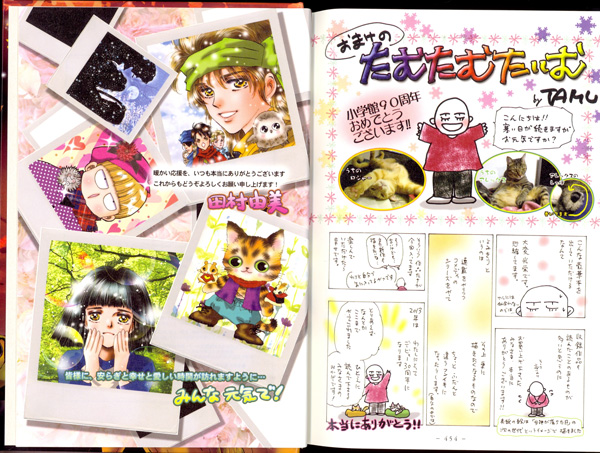
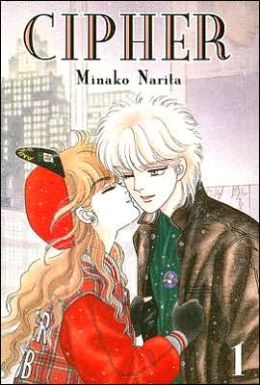
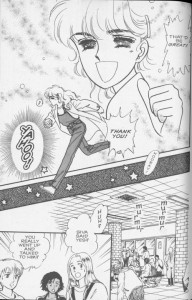
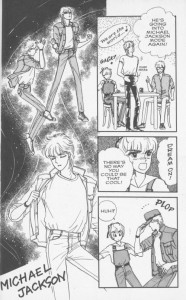
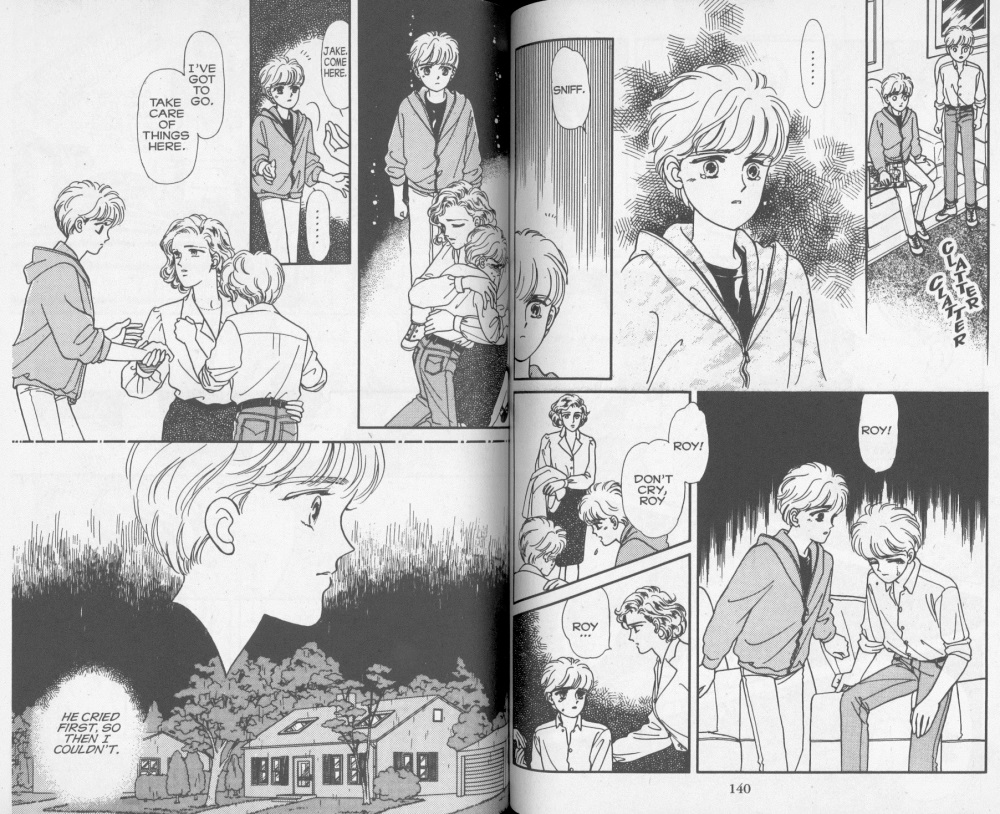
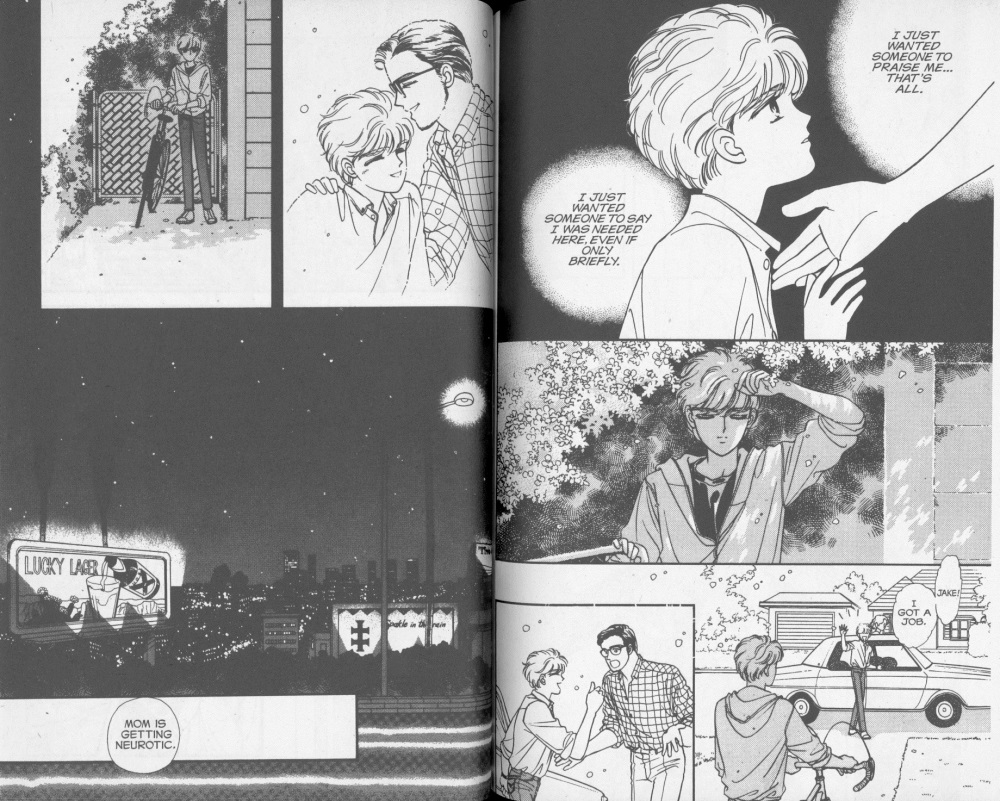

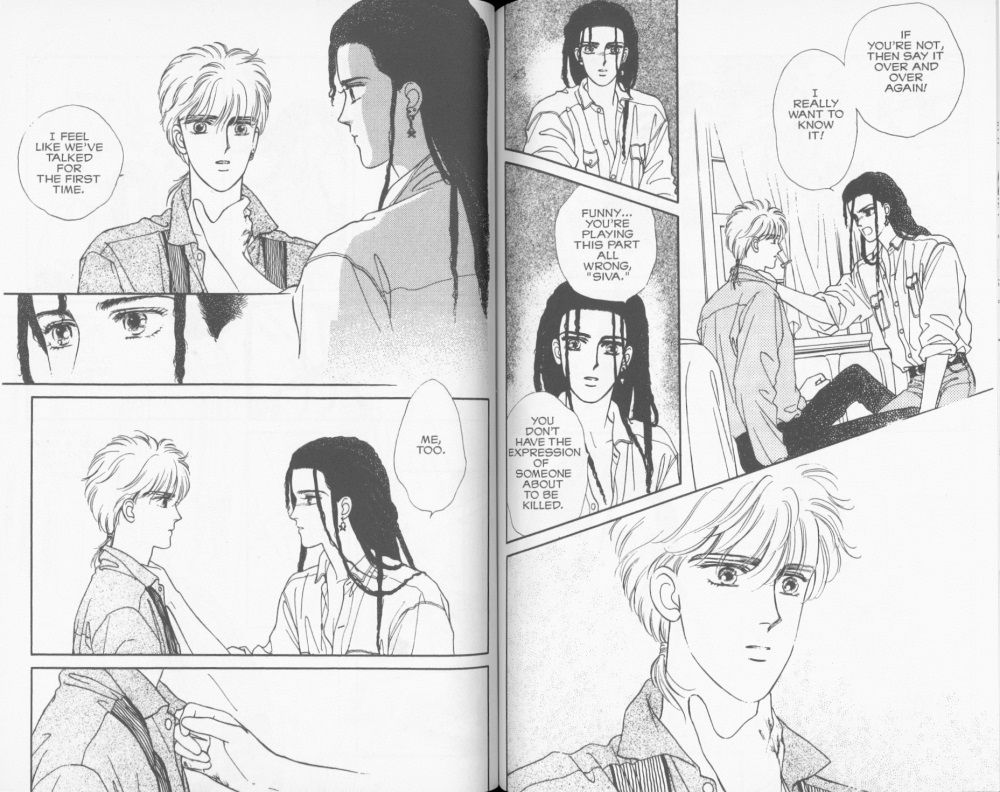
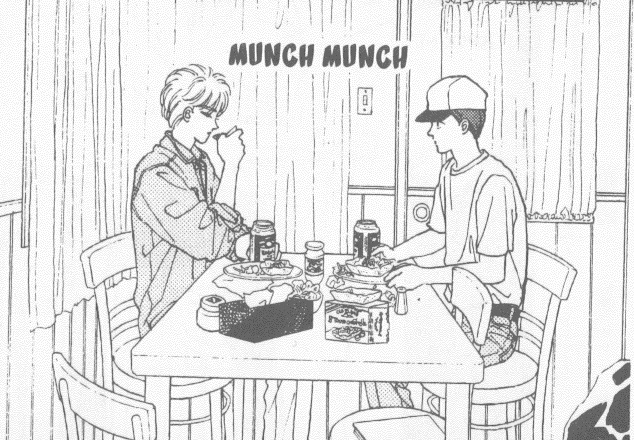
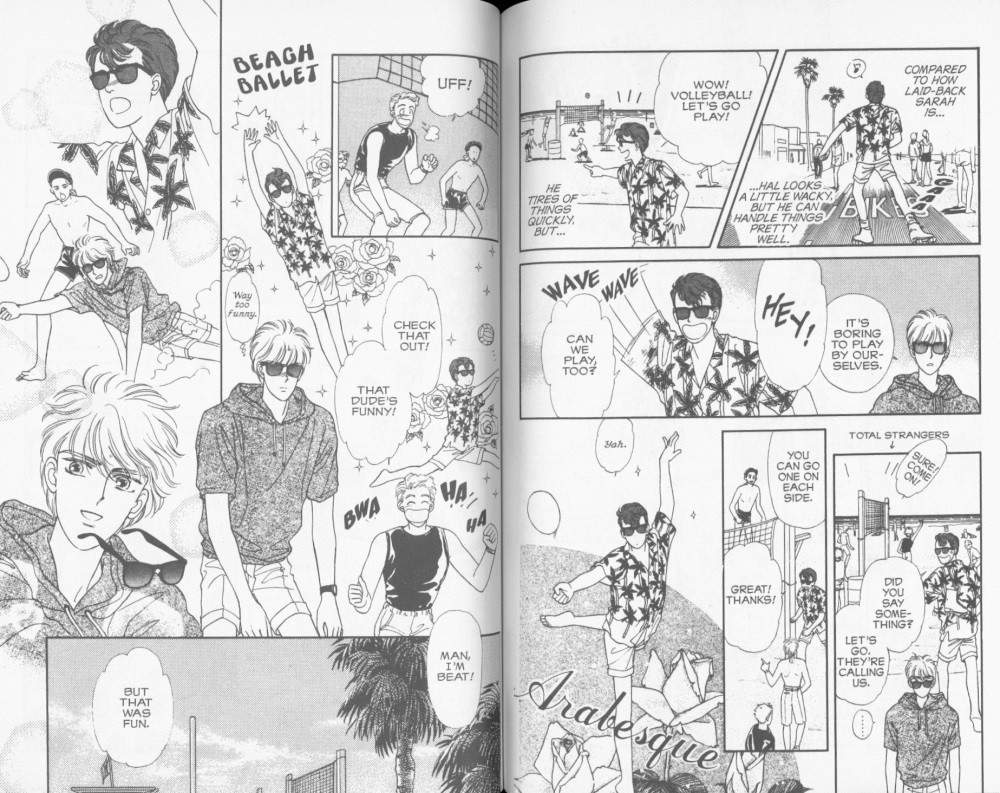
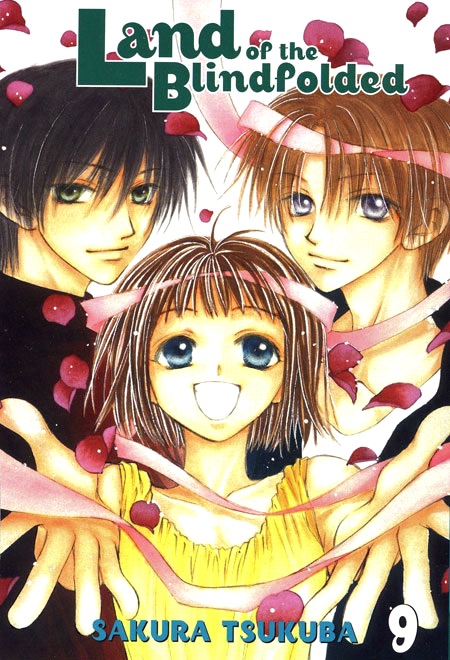
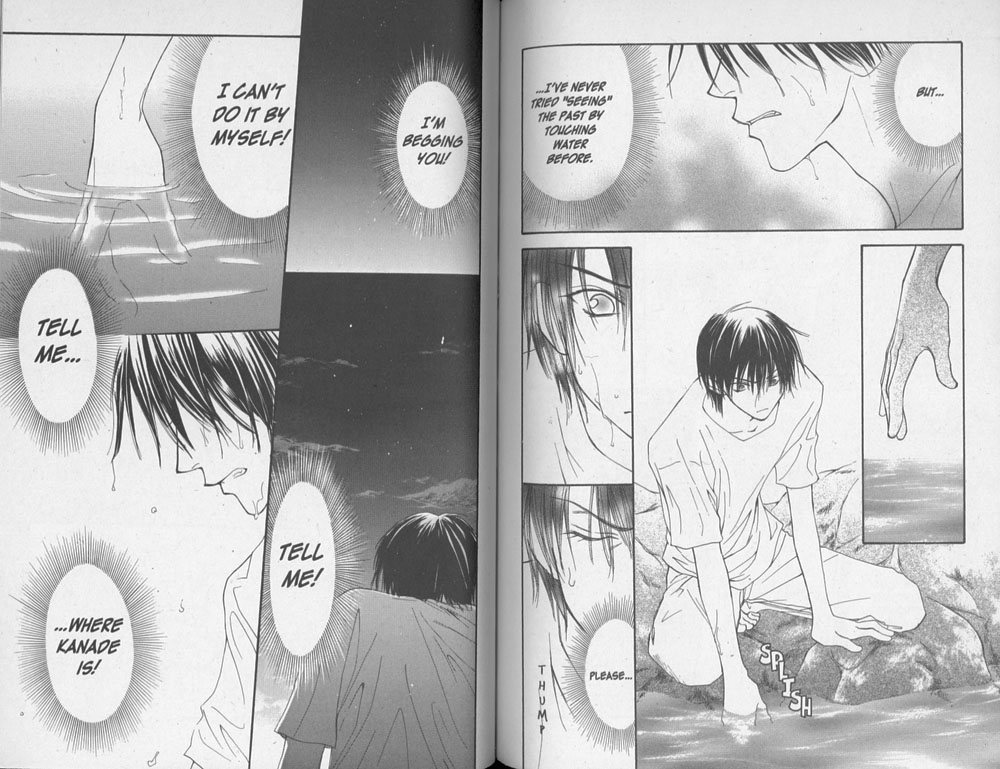
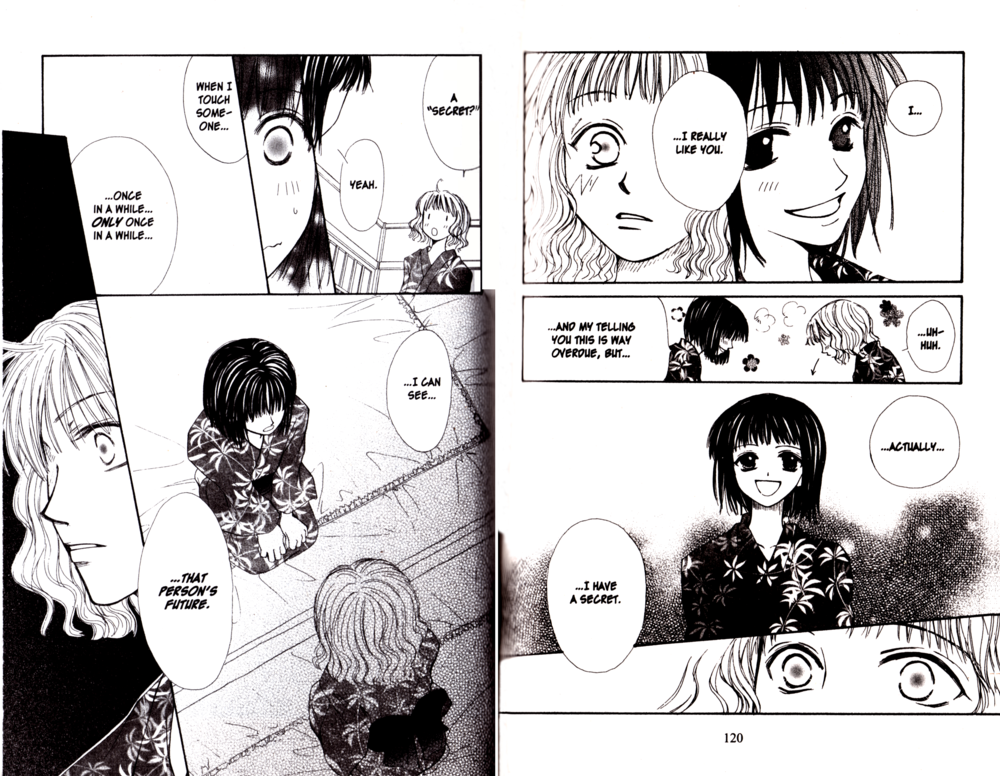

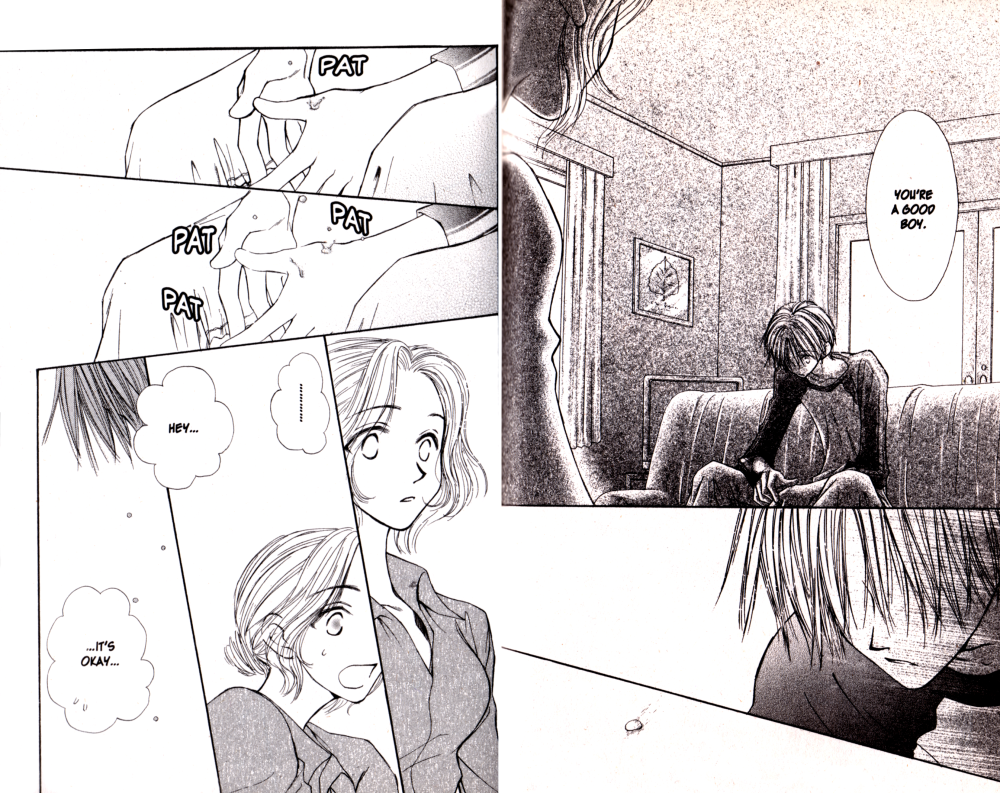
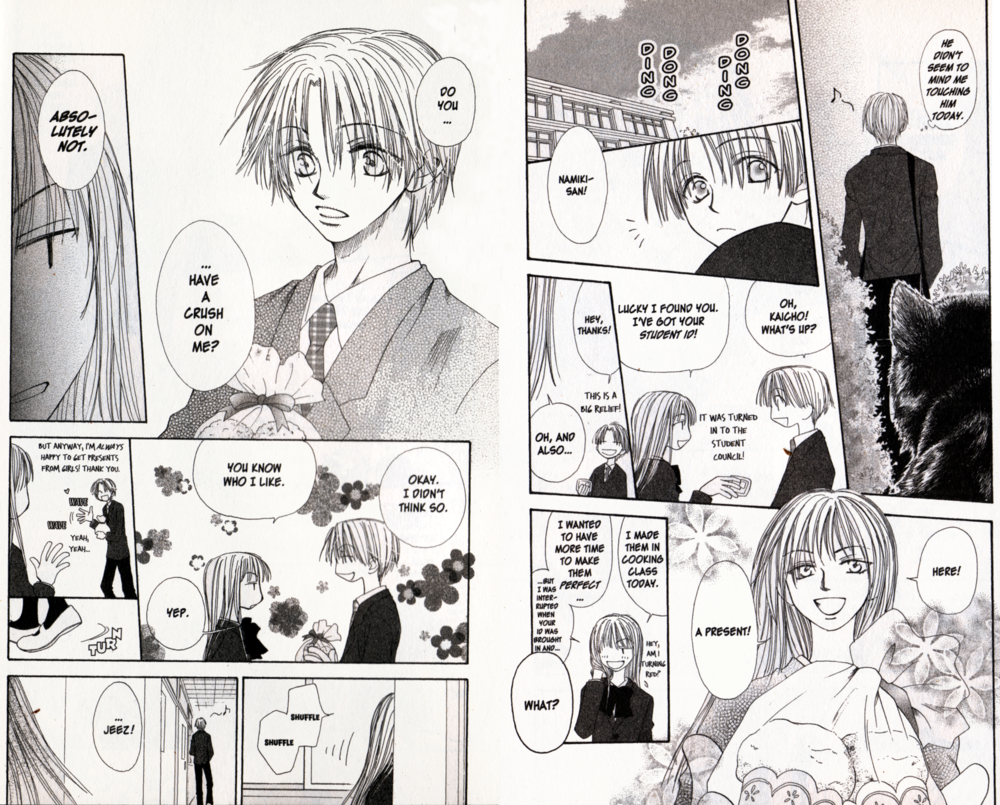
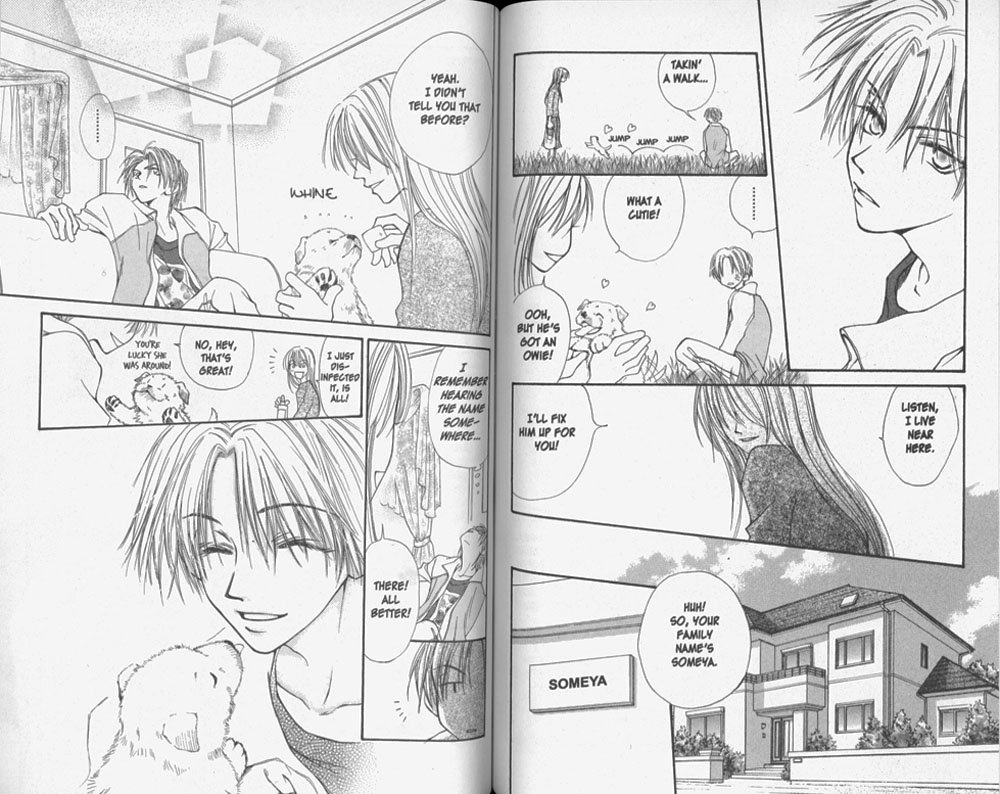




















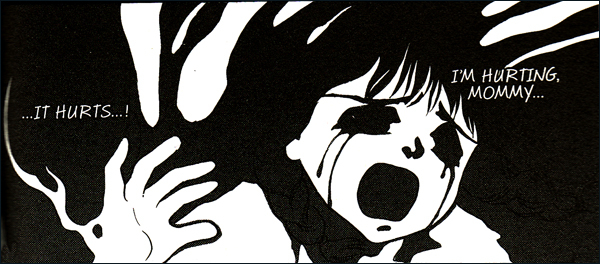

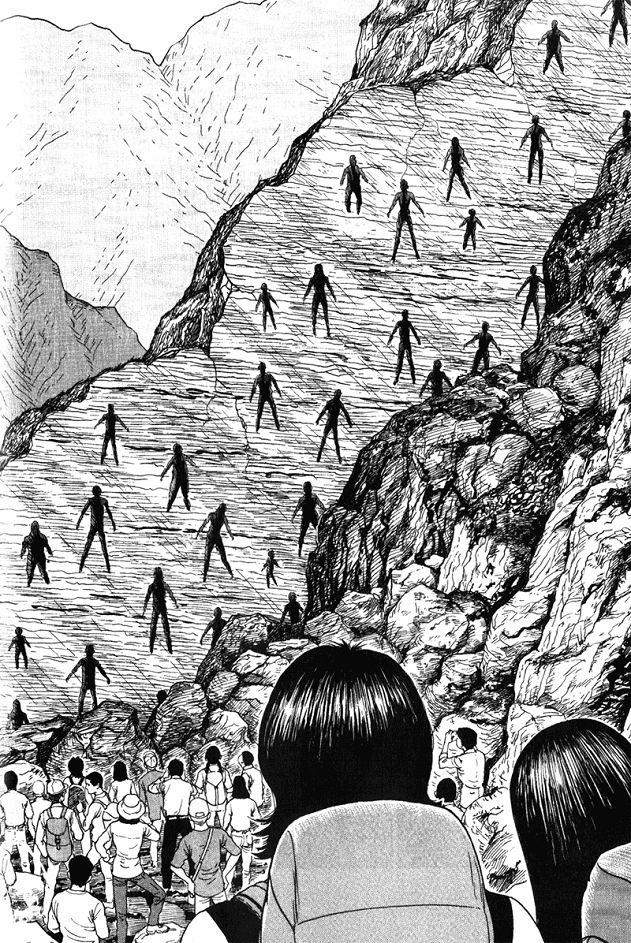
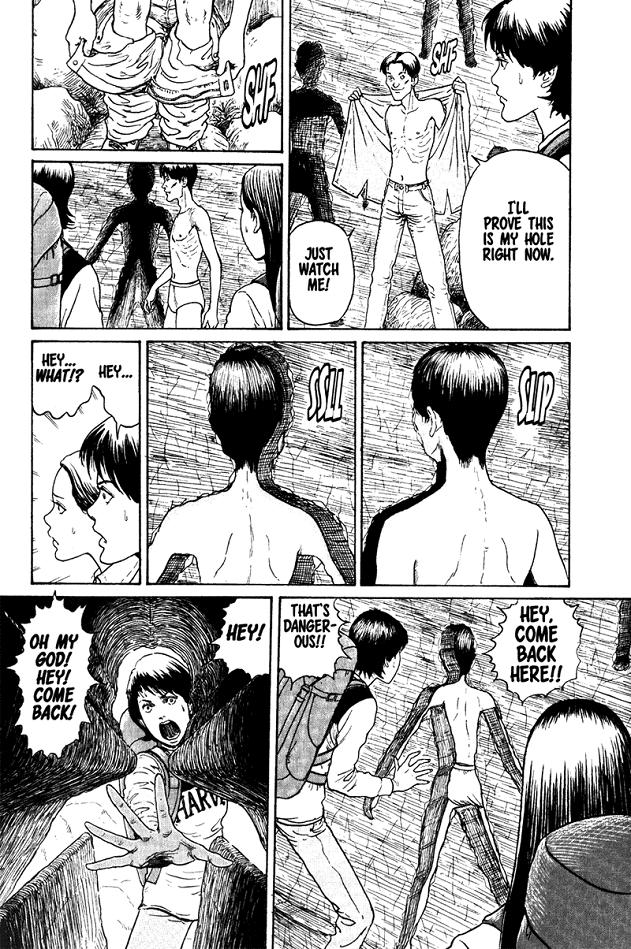
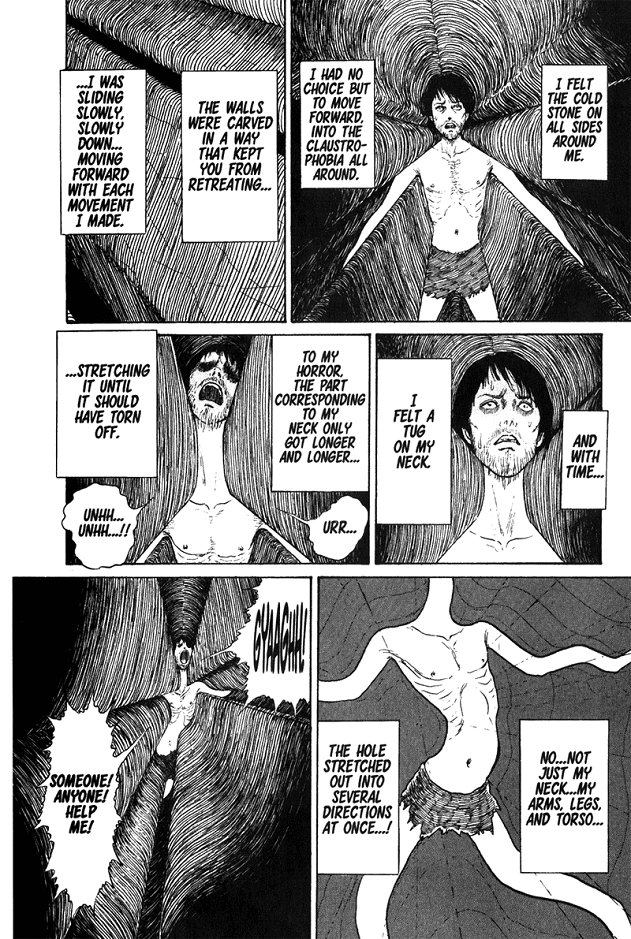
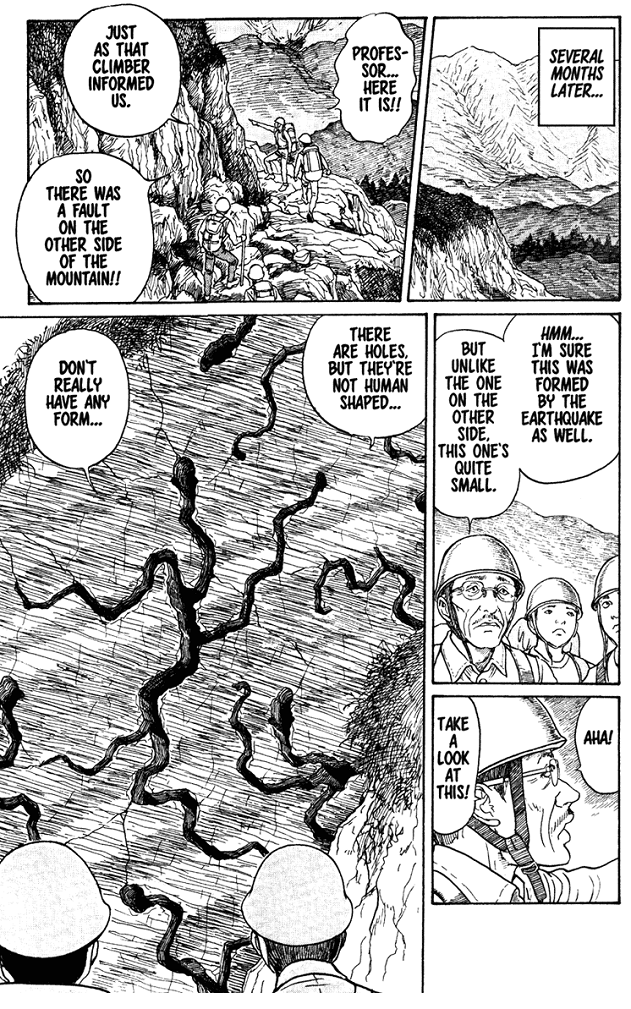
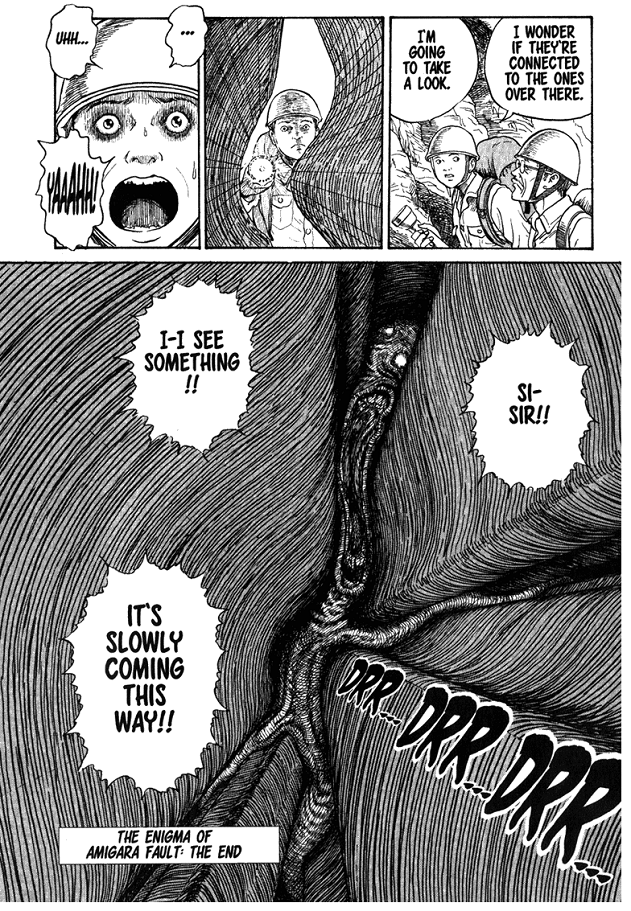
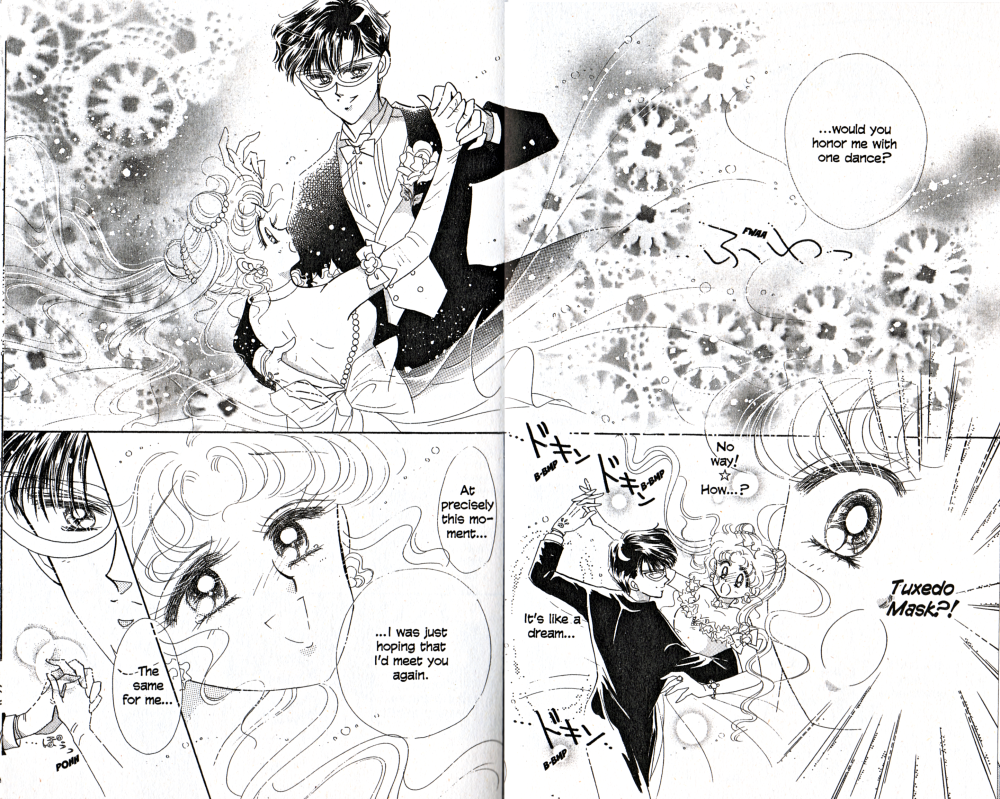
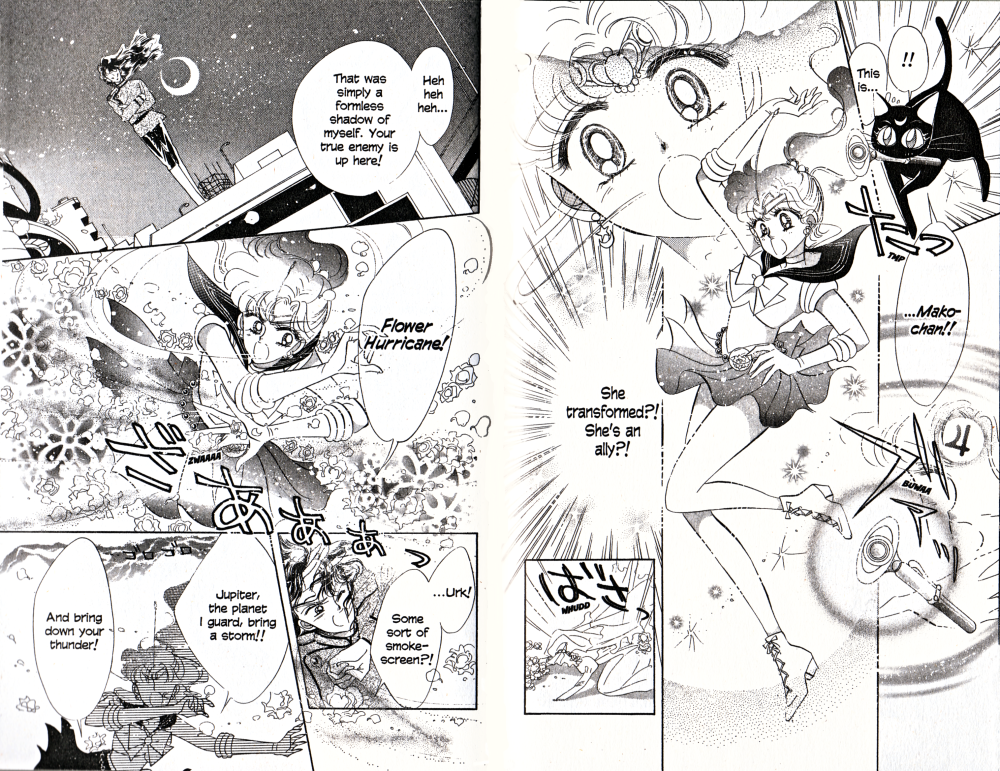
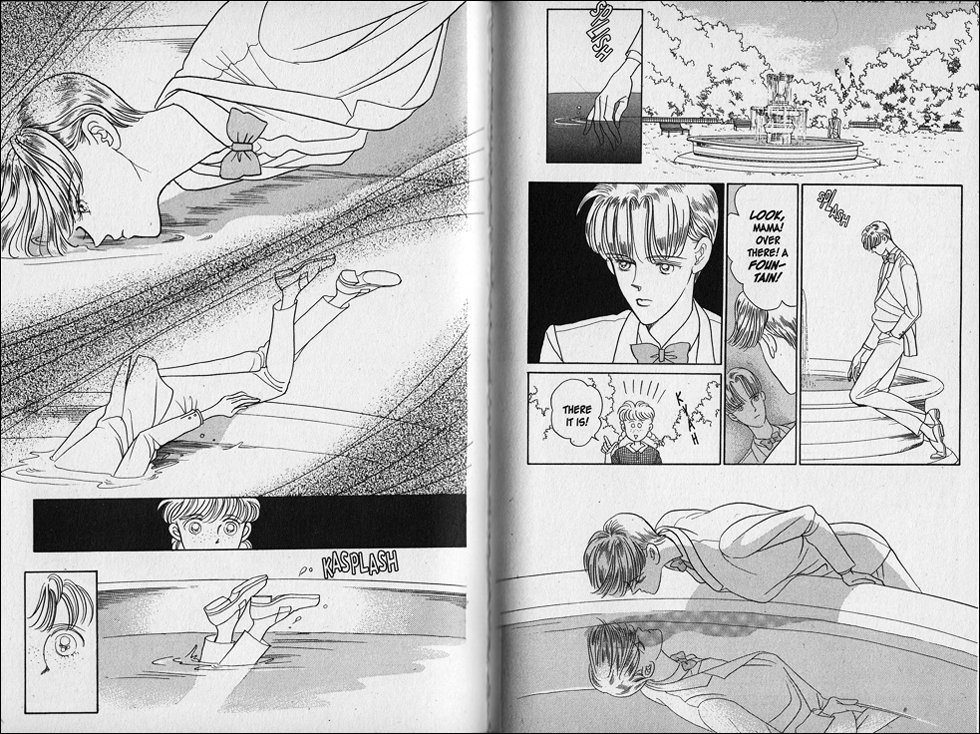
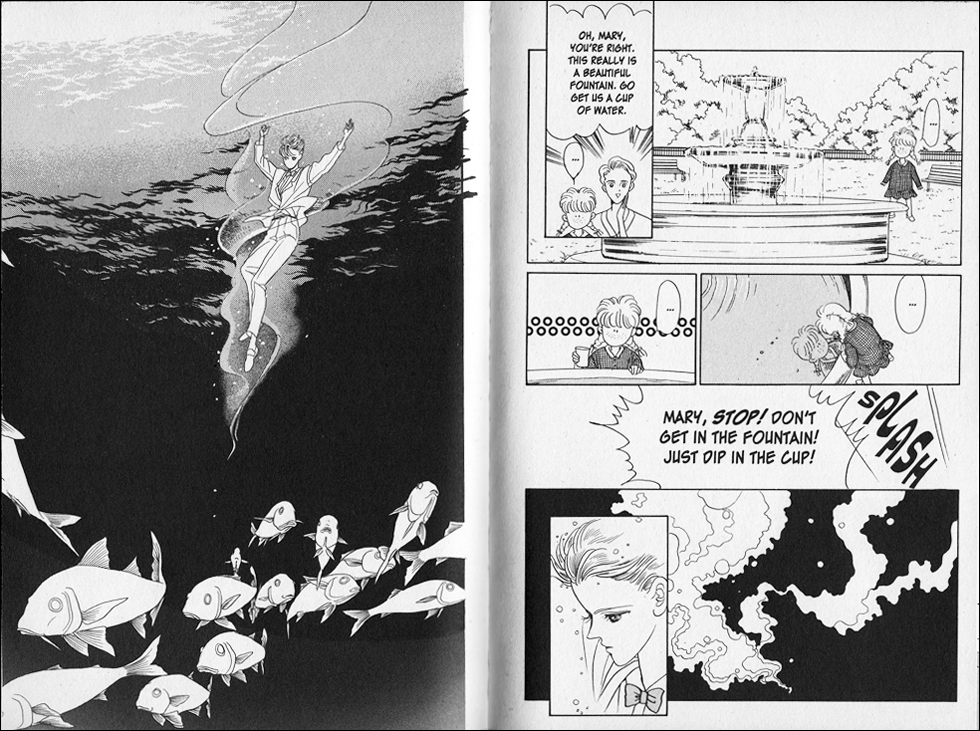
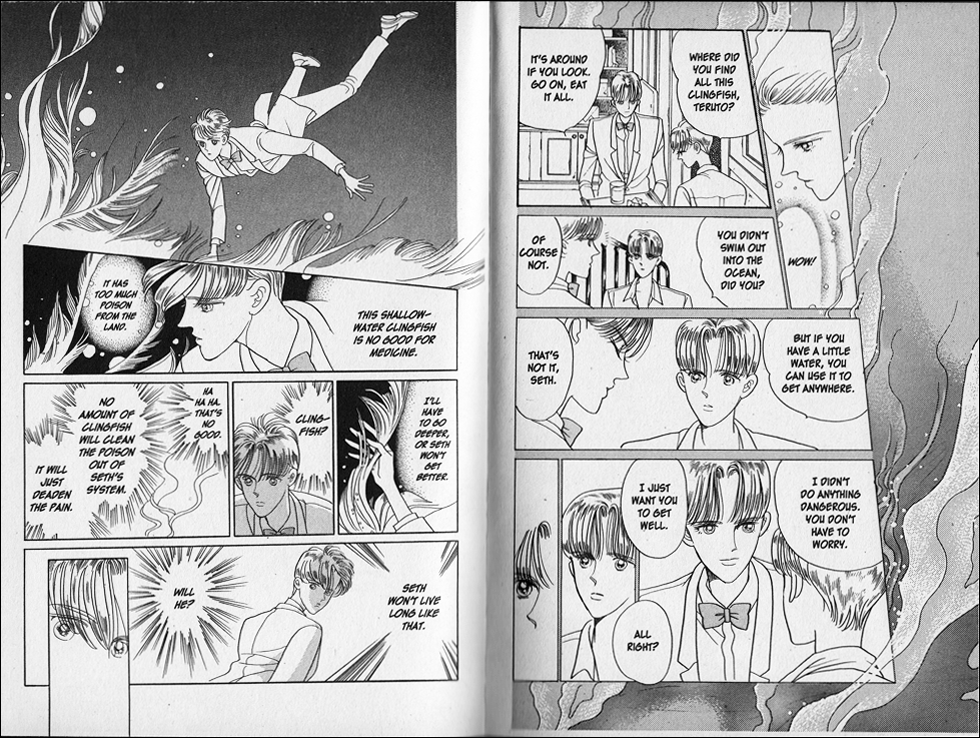



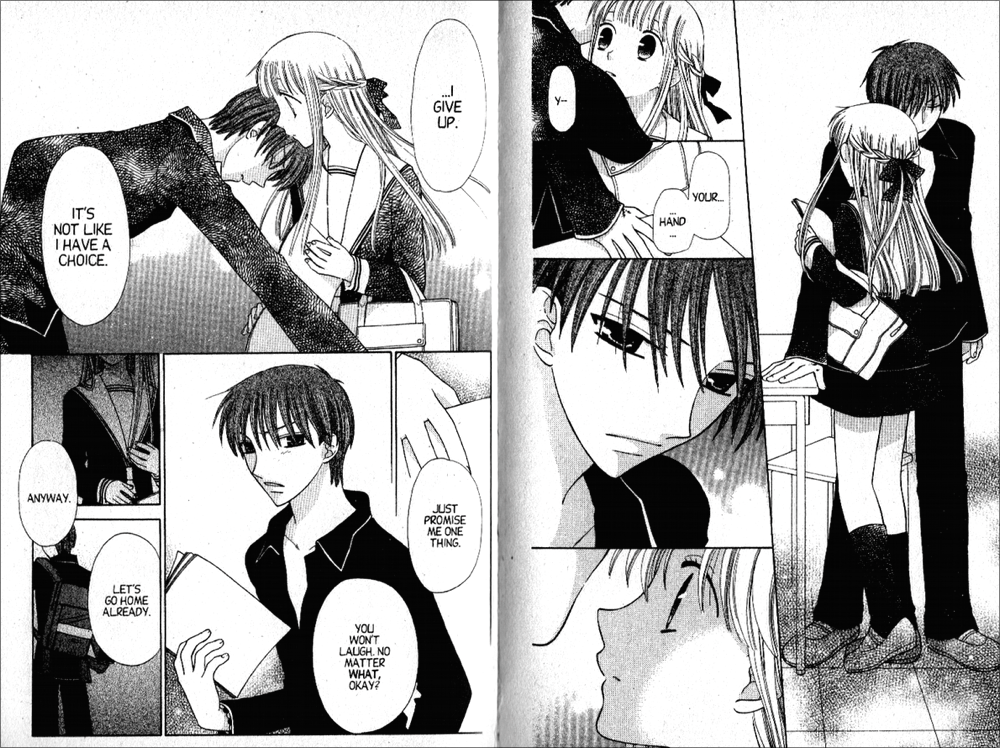


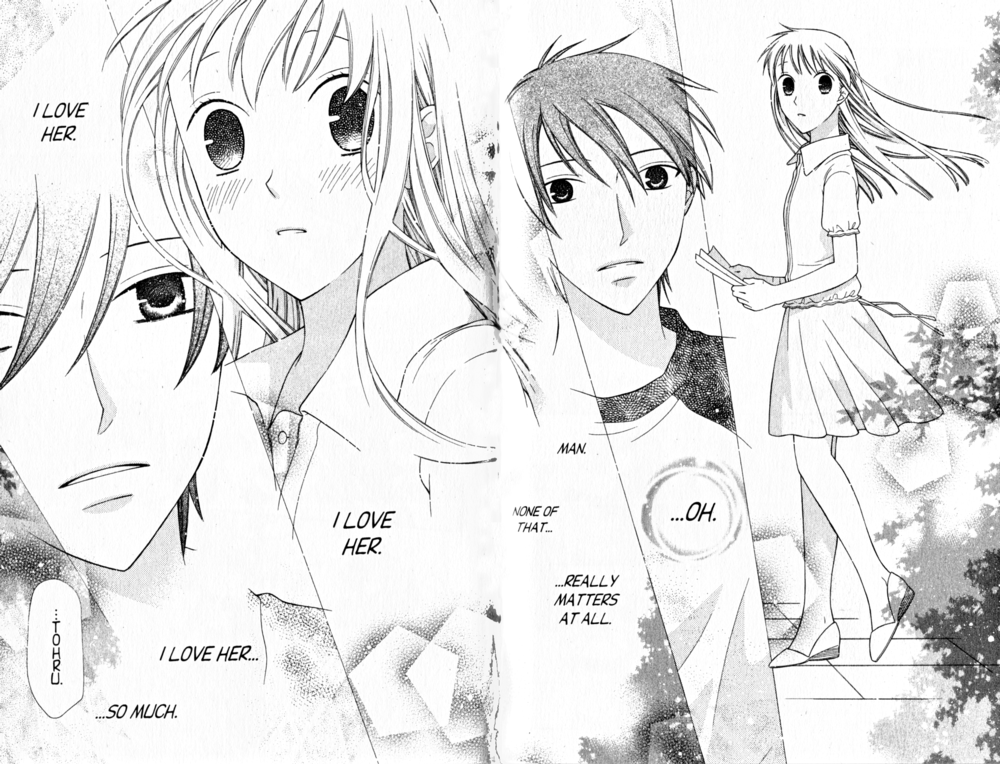



Recent Comments